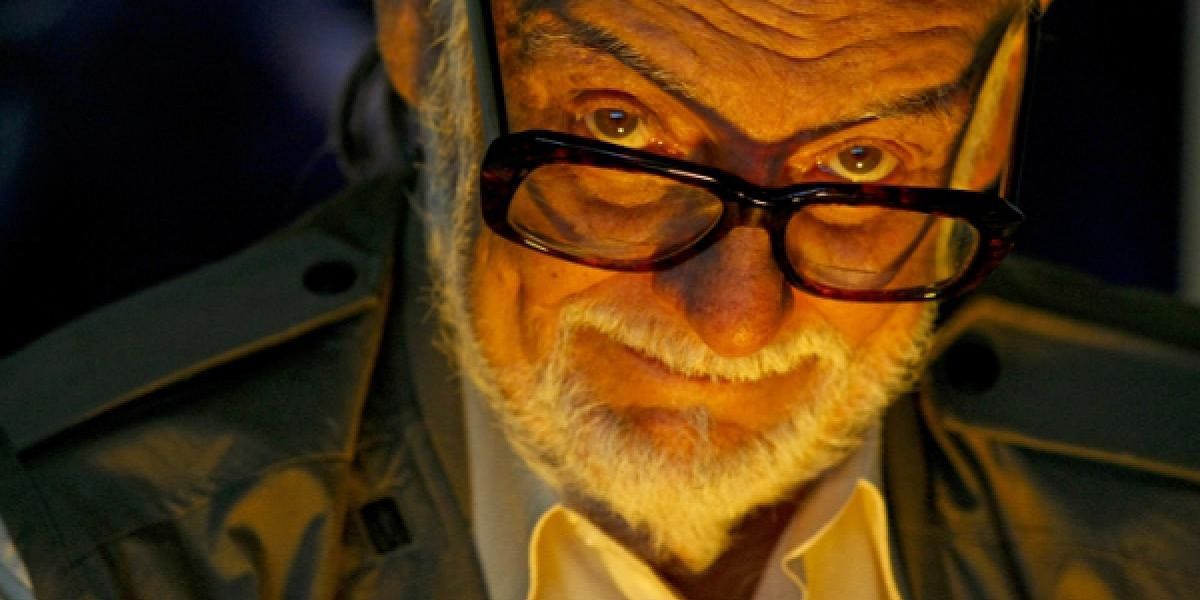Unlike with many remakes, zombie master George A. Romero was fully in favor of his classic Night of the Living Dead getting redone, and here’s why. Not many directors can lay claim to inventing a genre, but the late, great Romero is one of them. The entire concept of the zombie as we know it today in pop culture traces back to Night of the Living Dead‘s 1968 debut. Romero would go on to arguably top Night with 1978 sequel Dawn of the Dead, and direct four further zombie outings.
If there’s one biggest complaint levied by horror fans nowadays, it’s that there are way too many remakes made currently. In an era in which Hollywood is absolutely obsessed with capitalizing on existing properties, it’s not an unfair grievance to express. Still, remakes are nothing new, and neither are remakes of horror’s biggest, most treasured hits. Case in point, Night of the Living Dead was first remade all the way back in 1990.
One thing that separated the remake of Night of the Living Dead from many movie do-overs though is that Romero himself was onboard, and in fact was behind the project even getting made. There are two major reasons for that, and both boil down to pretty practical concerns.
Why George Romero Remade Night of the Living Dead

While George Romero didn’t direct 1990’s Night of the Living Dead remake himself, he served as an executive producer on the film, and wrote the script. The remake’s story was largely similar to Romero’s original screenplay, but did include a few key changes, such as a far more active Barbara character, played by Patricia Tallman. Future Candyman star Tony Todd also took over as Ben from the original’s Duane Jones. Romero convinced his longtime special effects creator Tom Savini to direct the remake.
Romero was behind remaking Night of the Living Dead for two primary reasons. One, a copyright snafu had placed his original film in the public domain, and he had ended up seeing very little financial benefit from the millions Night of the Living Dead made in theaters and on home video. Producing a remake would allow Romero and his other returning 1968 creative collaborators to fully own a version of the story they could hopefully make more money off of.
Two, due to Night of the Living Dead‘s public domain status, word got to Romero that a major studio was planning their own remake, without his involvement. Romero figured that by beating them to the punch, he could prevent being excluded from the profits earned by a remake. Sadly, several other unofficial Night of the Living Dead remakes would indeed eventually happen without Romero, but at least he tried.




